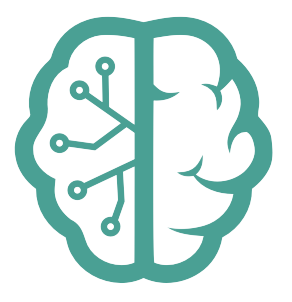The module is in active development, and as such, it is subject to significant changes as we refine our approach and methodologies to best support our goals.
visit: https://neurons.me to learn more.
this.dom takes a complete web page's DOM, standardizes it, and outputs a version that is structured according to the neurons.me data specifications, ready for machine learning analysis or processing.
To integrate this.dom into your workflow, begin by installing the package:
npm i this.domWith this setup, this.DOM can be utilized in a straightforward, promise-based manner within your projects, akin to your example with this.audio:
import thisDOM from 'this.DOM';
thisDOM(input)
.then(processedDOM => {
// Work with the processed DOM structure
})
.catch(error => {
// Handle any errors that occurred during DOM processing
});This approach promotes a consistent, modular, and intuitive usage pattern across our different dataformatters, making it easier for developers to integrate and leverage them within their applications.
-
Purpose:
this.DOMfocuses on the structure and content of the web document, dealing directly with HTML DOM elements. It can read, manipulate, and generate DOM structures, providing a foundation upon which can build. - Functionality: It can parse HTML documents, manipulate elements, extract information, and prepare the DOM structure for enhancements or transformations.
-
Interactions:
this.DOMoffers APIs for basic DOM manipulations like adding, removing, or modifying elements. These APIs can be used by your system that require DOM manipulation.
Conceptualizing this.DOM as data structures that are meant to be processed and potentially evolved through interactions with neural networks within the neurons.me ecosystem. Instead of being static entities or libraries, they are dynamic constructs that can learn, adapt, and transform through exposure to data and neural network processing.
-
Data Structure Representation: Represents the DOM as a data structure that can be analyzed and manipulated by neural networks. It encapsulates the structural and content-related aspects of a user interface at a granular level.
-
Neural Network Interaction:
this.DOMcan be fed into neural networks to analyze patterns, understand user interactions, and potentially suggest optimizations or transformations based on learned insights.-
Dynamic Interface Generation: Leveraging neural networks,
this.GUIcould dynamically generate user interfaces that are optimized for the current context, user preferences, and device capabilities. -
User Experience Optimization: Neural networks could analyze
this.DOMstructures to suggest or automatically implement optimizations that enhance usability, accessibility, and user engagement. -
Adaptive Interfaces: Over time, as neural networks learn from a broad spectrum of interactions and contexts, they could guide the evolution of
this.GUIto create interfaces that adapt in real-time to user needs and environmental factors.
In this conceptual framework,
this.DOMandthis.GUIare not just static descriptions or libraries but living, evolving structures that are integral to a neural network-driven process of continuous UI/UX optimization and innovation within the neurons.me ecosystem. -
Dynamic Interface Generation: Leveraging neural networks,
this.me - this.audio - this.text - this.wallet - this.img - this.pixel - be.this - this.DOM - this.env - this.GUI - this.be - this.video - this.atom - this.dictionaries
Each module in all.this represents a specific datastructure. These classes encapsulate the functionalities and data specific to their domain.
all.this not only aggregates these modules but also provides utilities to facilitate the integration, management, and enhancement of these data structures. For example:
The integration with cleaker ensures each module instance has a unique cryptographic identity, enhancing security and data integrity.
visit: Neurons.me Glossary
-
License: MIT License (see LICENSE for details).
-
Privacy Policy: Respects user privacy; no collection/storage of personal data.
-
Terms of Usage: Use responsibly. No guarantees/warranties provided. Terms | Privacy
Learn more at https://neurons.me
Author: SuiGn
